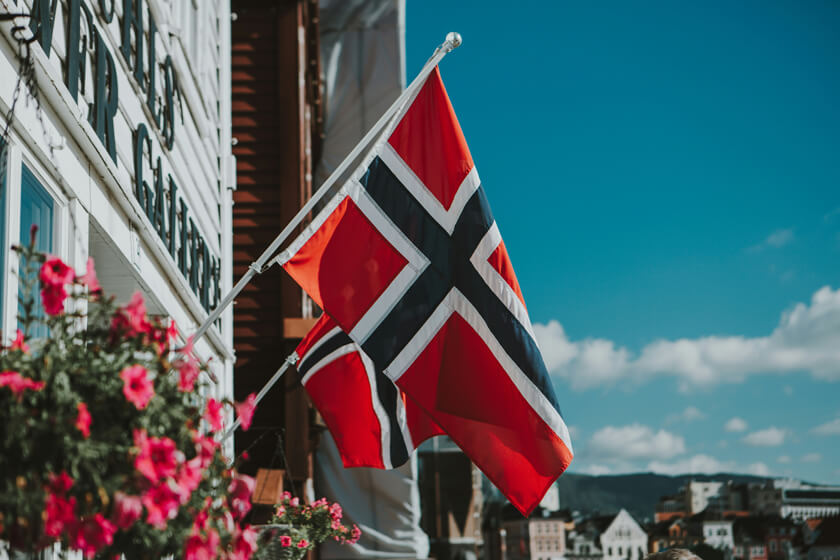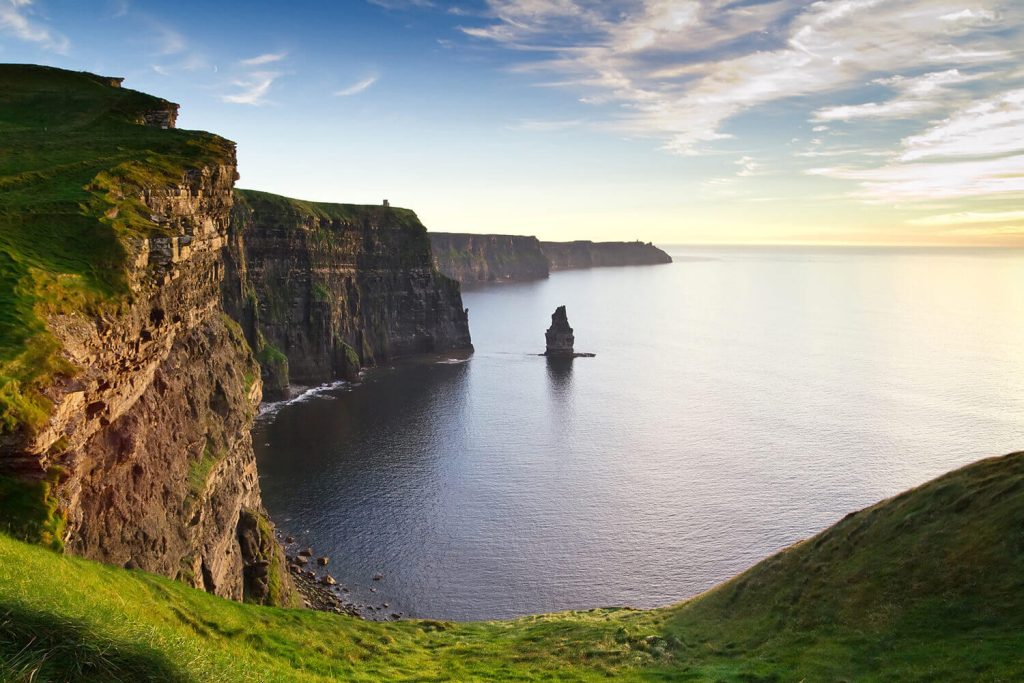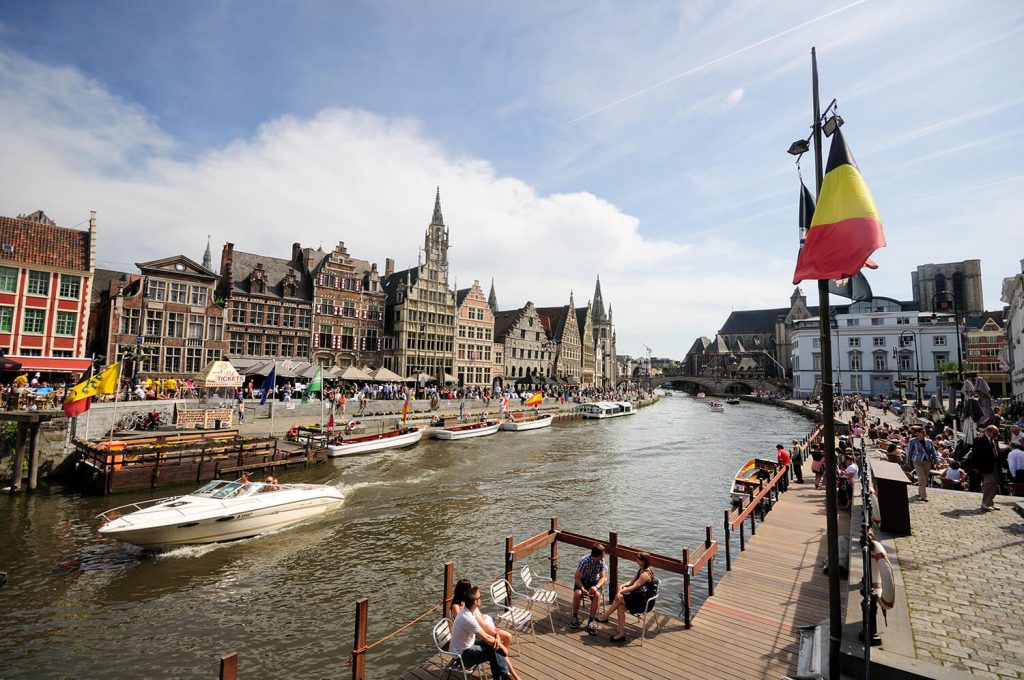General information about Norway
The Kingdom of Norway is a state located in the western part of the Scandinavian Peninsula, with among the highest number of adjacent islands and archipelagos in the world. The country’s population is 5.26 million inhabitants. The economy is based on oil production and processing industries, as well as mining and timber. Although not part of the European Union, Norway remains part of the European Economic Area (EEA) and is a founding member of The European Free Trade Association (EFTA),
Norway is a nation with a very high human development index; indeed, it topped the list from 2009 to 2020. The most populated urban areas in Norway are Oslo and its surrounding areas at about a million inhabitants, followed by Bergen and surrounding areas at around 250 thousand inhabitants, then Stavanger / Sandnes at 229 thousand inhabitants, and Trondheim with 191 thousand inhabitants.
Wine distribution in Norway
Norway has some of the strictest laws in Europe regulating the sale of alcoholic beverages. Retail sales are subject to a government monopoly, and advertising and marketing campaigns are virtually prohibited. In addition, there are high taxes and fees on alcoholic beverages. All this creates a specific set of circumstances for producers, importers and all participants in the alcohol market.
In 1922, Norway introduced a state alcohol monopoly called Vinmonopolet. It applied to the sale of alcoholic beverages above 4.7%, including wine and spirits. Vinmonopolet’s retail sales network in 2022 consisted of 344 stores with 1,236 employees. The range includes 34,406 products, and Vinmonopolet sales in 2022 amounted to 97.3 million liters. The company strives to ensure that its activities are profitable and that consumer needs are fully satisfied. In addition to regular stores, the retail network includes 22 specialized shops with an extended range of products.
It is important for wineries to know that Vinmonopolet purchases wines and other alcoholic beverages from licensed suppliers within the country. In Norway these are called ‘grossists’, of which there were 719 in 2022. In addition to the license, these companies must enter into agreements to act as a supplier to the monopoly. Further interaction occurs through invitations to tender, after which comes a price comparison and a blind tasting session.
In addition to retail sales through a monopoly in Norway, it is important to note that restaurants, bars and horeca in general operate in a more classic and familiar model for Europe. They can purchase wines directly from licensed importers. Restaurants with the necessary licenses can sell alcoholic beverages and wines in particular on their premises.

Importing wine to Norway
To start importing wines to Norway, there is no need to work through a monopoly, but rather to find a suitable importer with the necessary license for their activities. Restaurants and bars, no matter how large they are, most often will not be able to purchase wine directly from the manufacturer. The importer, in turn, will act as a distributor, selling your wine to hotels and bars, as well as to Vinmonopolet.
We also note that Norwegian food legislation on food safety, labeling and traceability is subject to standardized EU rules which is harmonized under EU Regulation 178/2002 (General Food Law), incorporated into Norwegian legislation through EEA cooperation. EEA members follow European Union regulations for wine.
Wine consumer preferences
Here, in conclusion, are some general features of wine consumption in Norway. According to Vinmonopolet reports, red wines accounted for 56.8% of all wines sold in the monopoly in 2020, white wines accounted for 28.8%, and sparkling wines 8.4%. It is also important to note that 52% of wines sold (by volume) were bag-in-box wine, where the share of red wines was 48%.
The leaders by country of origin among the red wines sold were Italian wines. Their share accounted for 38% of red wines sold, followed by US red wines in 2020, which accounted for 9.1% (by volume) or 4.9 million litres.
Vinmonopolet sold 27.4 million liters of white wine in 2020. The leaders in this group were whites from Germany and France, accounting for a total share of 55% of white wines sold. These were followed by white wines from the USA, which sold just over 53 thousand litres.
Source: https://www.vinmonopolet.no/content/om-oss/styring-og-ledelse/ars-og-barekraftsrapport-2022



